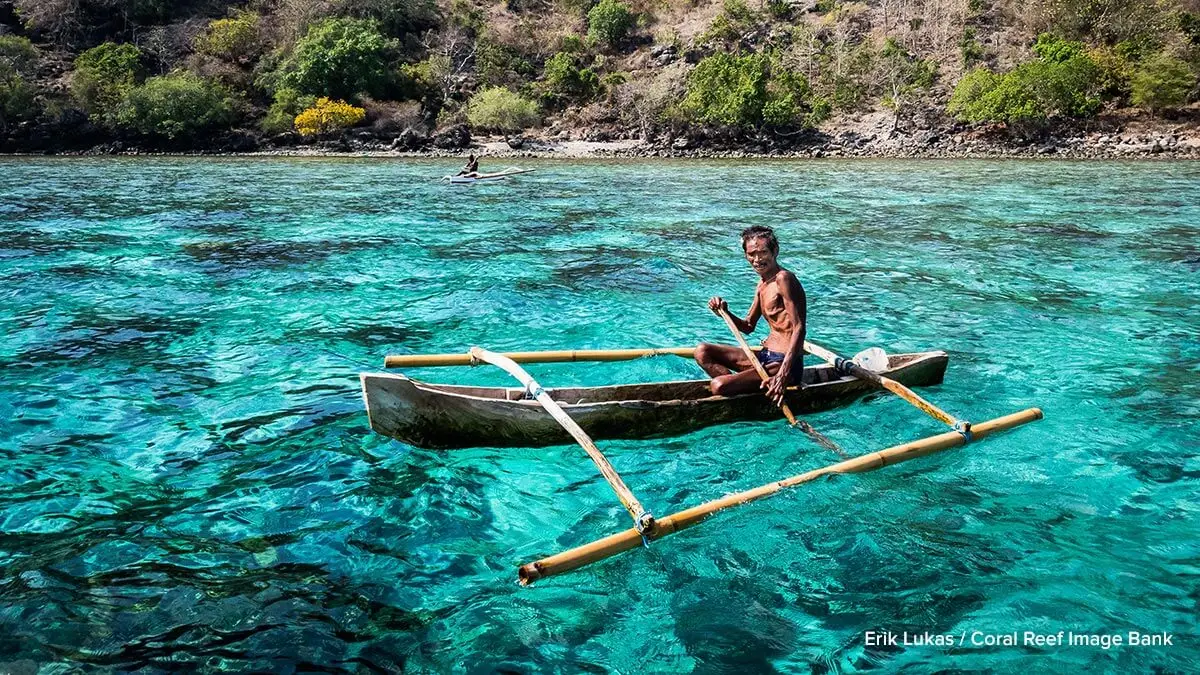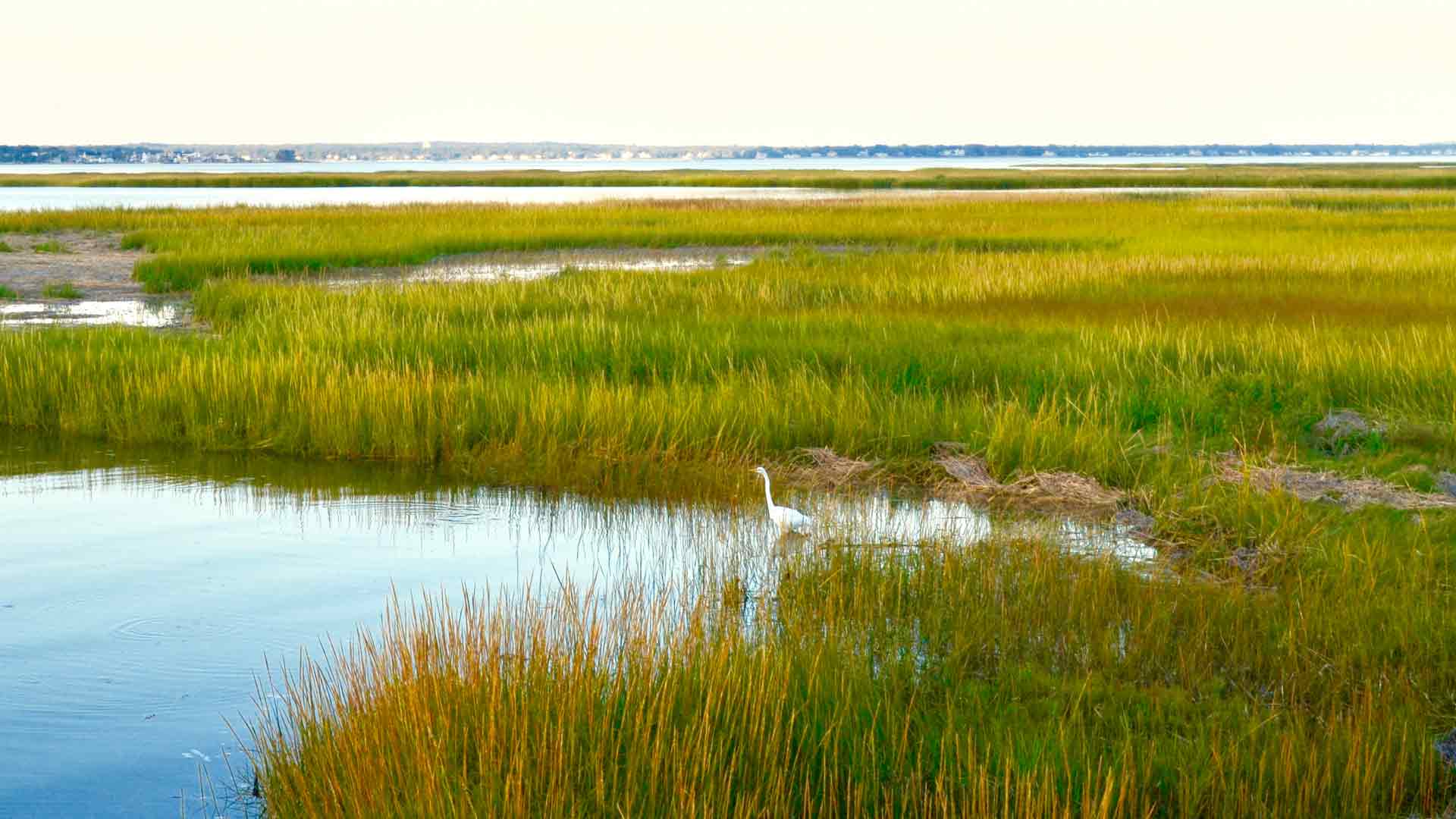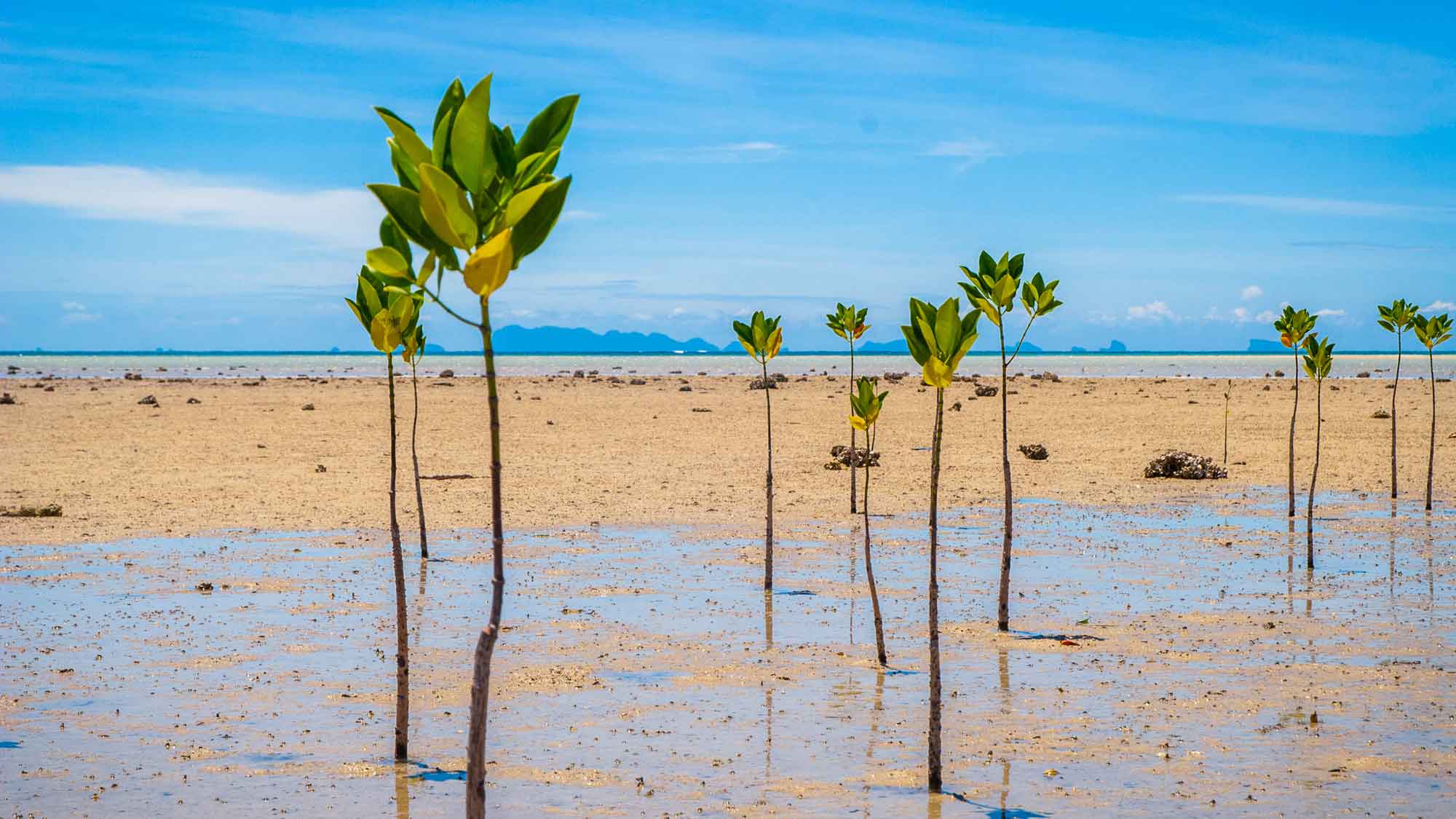When dreaming of a tropical getaway, we often envision stunning coastal vistas and coral reefs teeming with wildlife. As visitors, these underwater ecosystems quench our wanderlust by providing a remarkable backdrop and playground for adventure.
But coral reefs provide so much more than tourist gratification – they are incredibly important assets for the communities who live near them as well. About 40% of people live within 60 miles (100km) of the coast. Of these people, more than 275 million live in close proximity to coral reefs (within 30 km of reefs and less than 10 km from the coast). These nearby inhabitants often depend on reefs for their survival and well-being.
From providing essential resources to offering protection, read on to discover how coral reefs support local communities and why it’s so important that we care for and protect them!
Fishing
Coral reefs are believed to be the most biodiverse marine ecosystem, earning them the nickname “Rainforests of the Sea.” Though they cover less than 1% of the ocean floor, reefs are a valuable habitat for more than a quarter of the world’s marine species.
Coral reefs provide refuge for many small fish and other marine critters, including many commercially-valuable species. Their countless nooks and crannies serve as excellent hiding spots that offer protection from hungry predators. Because of this, coral reefs are popular spawning grounds and act as nurseries for young fish.
Research shows that a square kilometer of healthy coral reef can yield 5 to 10 tons of fish per year. Fishermen all around the world rely on this steady supply of fish for their main source of income. In addition, coral reef fisheries support many local economies and are worth $6.8 billion a year globally.

Because it is such a vital livelihood opportunity, fishing plays an important role in poverty alleviation for coastal communities. In fact, about 97% of the world’s fishermen live in developing countries.
Food
In addition to filling the nets of local fishermen, coral reefs help fill the bellies of people all around the globe. Nearly all (95%) of commercially important fish species depend on coastal habitats. That means that at some point in its life, that fish, shrimp, or lobster on your plate probably depended on coral reefs for food or shelter.

Coral reefs are a particularly important source of nutrition for coastal communities around the globe. About 3 billion people rely on seafood as an essential source of protein. This reliance is especially strong in small islands destinations where there are very limited land-based protein options. In these locations, seafood can account for more than half of all animal protein consumed. In the Maldives, for instance, the local population relies on seafood for 77% of their protein. When they are managed sustainably, coral reef ecosystems can be an abundant food source that feeds coastal communities generation after generation.
Tourism
You already know that coral reefs produce the delicious seafood that you eat on vacation, but did you know that you can also thank them for the white sand beaches that add to the allure of many holiday destinations? These soft and stunning beaches can actually be made in part by fish poop! That’s because parrotfish grind up coral into teeny tiny fragments and then excrete them back out. These little grains of coral can eventually pile up and help form the white sand beaches that we love so much!
Along with creating beautiful beaches, reefs themselves are one of our world’s most vibrant natural attractions. With their bright colors and plethora of marine life, these spectacular ecosystems attract tourists to even the most remote seaside destinations. In fact, 80% of all tourism takes place in coastal areas and more than 350 million people travel to the world’s coral reef coasts each year. Reefs serve as a playground for a host of recreational activities, from diving and snorkeling to whale watching and sport fishing.

This marine visitation comes hand-in-hand with jobs and tourist spending. Local communities reap the benefits of reef tourism as they fill roles as divemasters and tour guides. Even residents that aren’t out in the water themselves indirectly benefit by working in beachfront hotels, restaurants, or other tourist-facing businesses. The sum of money brought in by coral reefs worldwide is no trivial amount. Each year, coral reefs around the world generate over $36 billion in tourism revenue. There are even some reefs known as “million dollar reefs” because they generate $1 million (or more!) in tourist spending annually.
Physical Protection
Coral reefs serve as a valuable natural barrier, safeguarding their neighboring coastal communities from the damaging impacts of waves, severe weather, and storm surges. These intricate structures buffer shorelines and can reduce wave energy by up to 97%. This helps prevent coastal erosion and flooding. As a result, these vibrant ecosystems play a critical role in strengthening coastal resilience in the face of increasing climate change.

In addition to protecting buildings, beaches, and people from physical harm, these natural defense systems provide significant economic savings for local people, businesses, and economies. Research indicates that without reefs, the cost of these damages could more than double.
Mexico for example receives significant benefits from its reefs. If just 1m of Mexico’s coral reef is lost, an estimated 15,300 people will be at risk of flooding and annual expected flood damages will total US$452 million. Across the globe, about $94 million in flood damages are prevented because of coral reefs every year.
Medicine
“Rainforests of the sea” is not the only nickname for coral reefs. You may have also heard these resource-rich environments called “medicine chests of the sea.”
This is because coral reefs act as natural pharmacies, producing the chemical compounds that are used to make certain life-saving medicines. Coastal communities have long relied on coral reef resources to develop traditional medicines; however, modern medicine now makes use of these marine organisms as well.

What Does This Mean for Me?
As you can see, coral reefs provide countless benefits for local communities, as well as human beings worldwide. Yet there’s still so much more to be discovered! It’s up to us to preserve the health of our coral reefs today so that future generations can continue to reap these benefits (and more!).
We hope you will consider doing what you can to protect the reefs you visit, from exhibiting responsible practices to investing in marine conservation. One way that you can do this is by participating in and supporting our NEMO program. Contribute your reef photos to citizen science or support our crowdfunding campaign to expand this conservation program in the Mesoamerican Reef. To learn more about NEMO and how you can help, visit Supportnemo.com.
Free Resource: Download our Climate-Friendly Travel Tips List and keep it handy when planning trips to reduce your travel carbon footprint.


 Written By:
Written By: 

